Plant These 7 Flower Seeds in September for a Sensational, Colorful Garden Next Year
Many kinds of blooms will benefit from being planted late in the season, to make sure your garden is full of color next spring and summer.
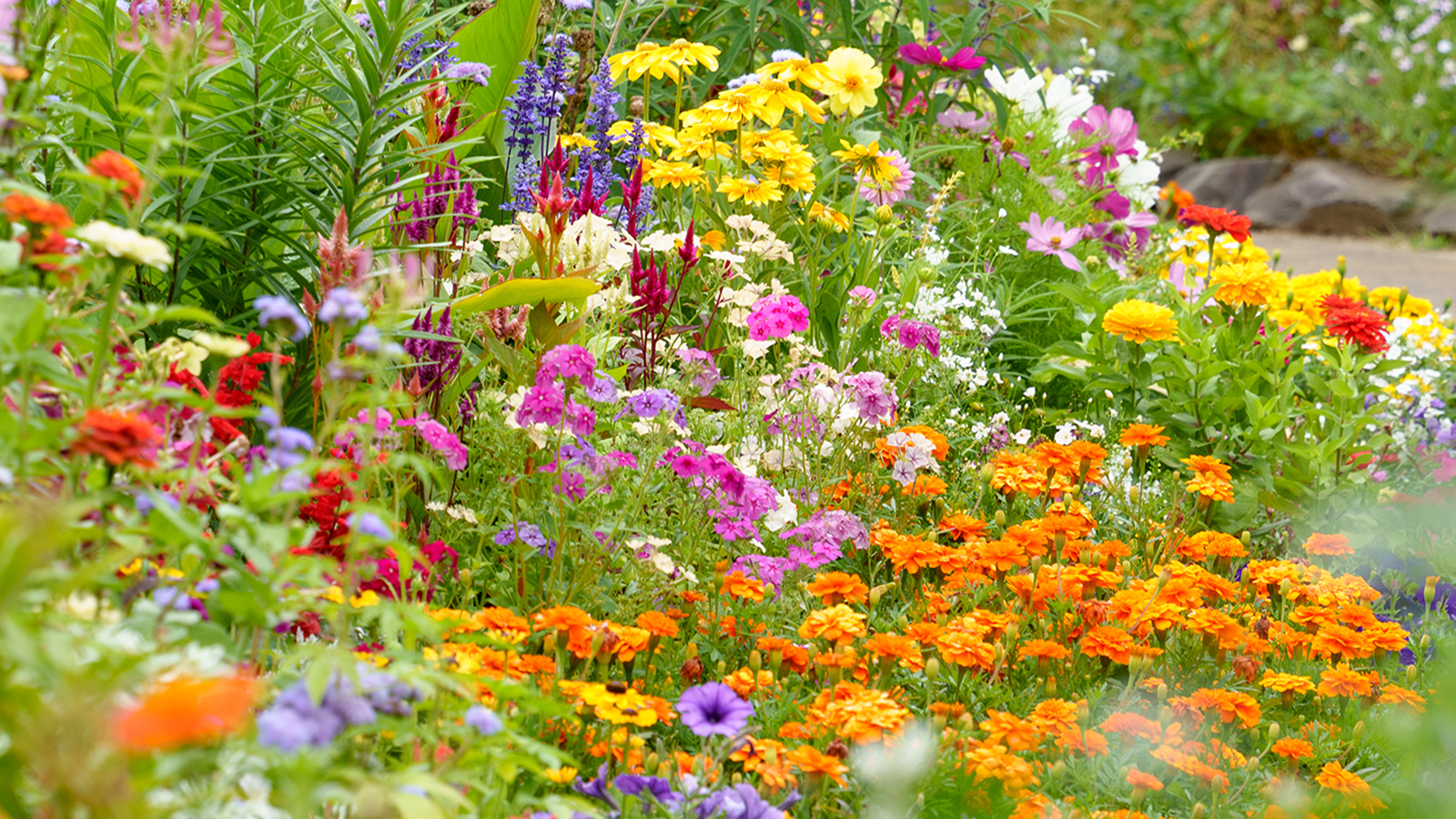

When you think of September, planting flowers likely isn’t one of the first things that comes to mind. But there are actually lots of flower varieties that thrive when planted in September, despite the colder seasons of the year only being around the corner.
These types of blooms are usually hardy annual flowers and some perennials with a higher tolerance for temperature fluctuations. It’s important to do your research to ensure what you’re planting is able to withstand the seasonal shift, as well as your USDA plant hardiness zone.
Here are some of the best flowering plants to sow during September, as well as the hardiness zones each is most suited for. Just spend a little time planting seeds this month, and you’ll be thanking yourself come early spring when pops of color start peeking through in your yard.
1. Coneflower
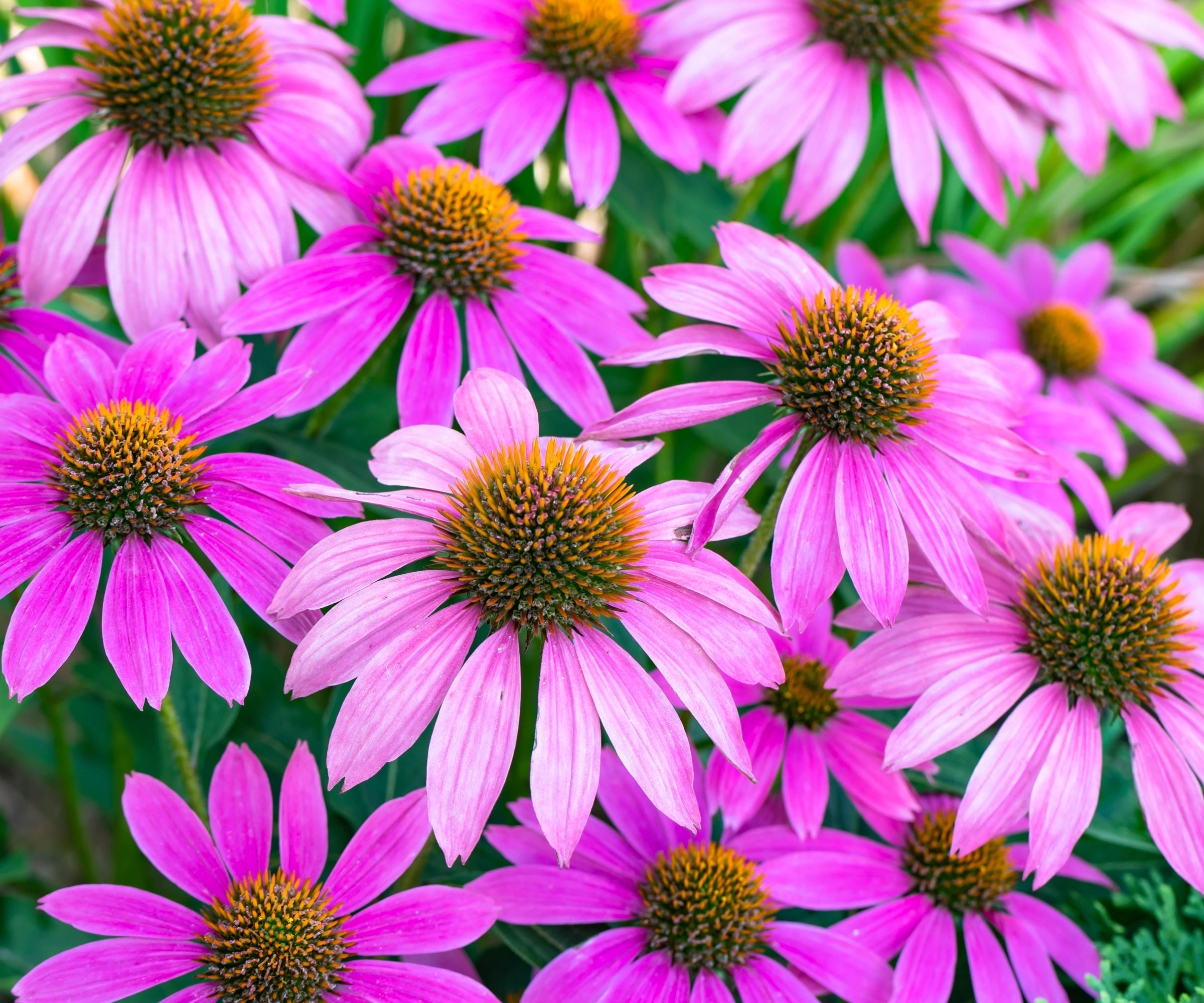
It might sound surprising, but some flower seeds, such as coneflower (Echinacea), benefit from a cool period in the ground to increase germination rates. This process is known as ‘cold stratification'.
Troy Hake, owner of Outsidepride, says: ‘September is a pivotal month for getting certain flowers established, including coneflowers. Cooler air temperatures reduce stress on seedlings, while the soil still holds enough warmth to promote root development. This combination sets plants up for either late-season blooms in mild climates or a strong, early start in spring.’
Coneflowers tend to fall into the latter of these two scenarios, thriving in zones 3 to 9 under conditions of full sun and well-draining soil. If you live in a warmer zone where winters are mild, Troy suggests pre-chilling seeds in your refrigerator for several weeks before planting to assist germination.
If you plant coneflowers in September, you can expect plants to be in the height of maturity the following summer, but the earlier you plant your seeds in the fall, the sooner they will begin to bloom. Why not try out these Purple Coneflower Seeds from Walmart? They’re a gorgeous soft pink and not too difficult to grow.
Sign up for the Gardening Know How newsletter today and receive a free copy of our e-book "How to Grow Delicious Tomatoes".
2. Larkspur
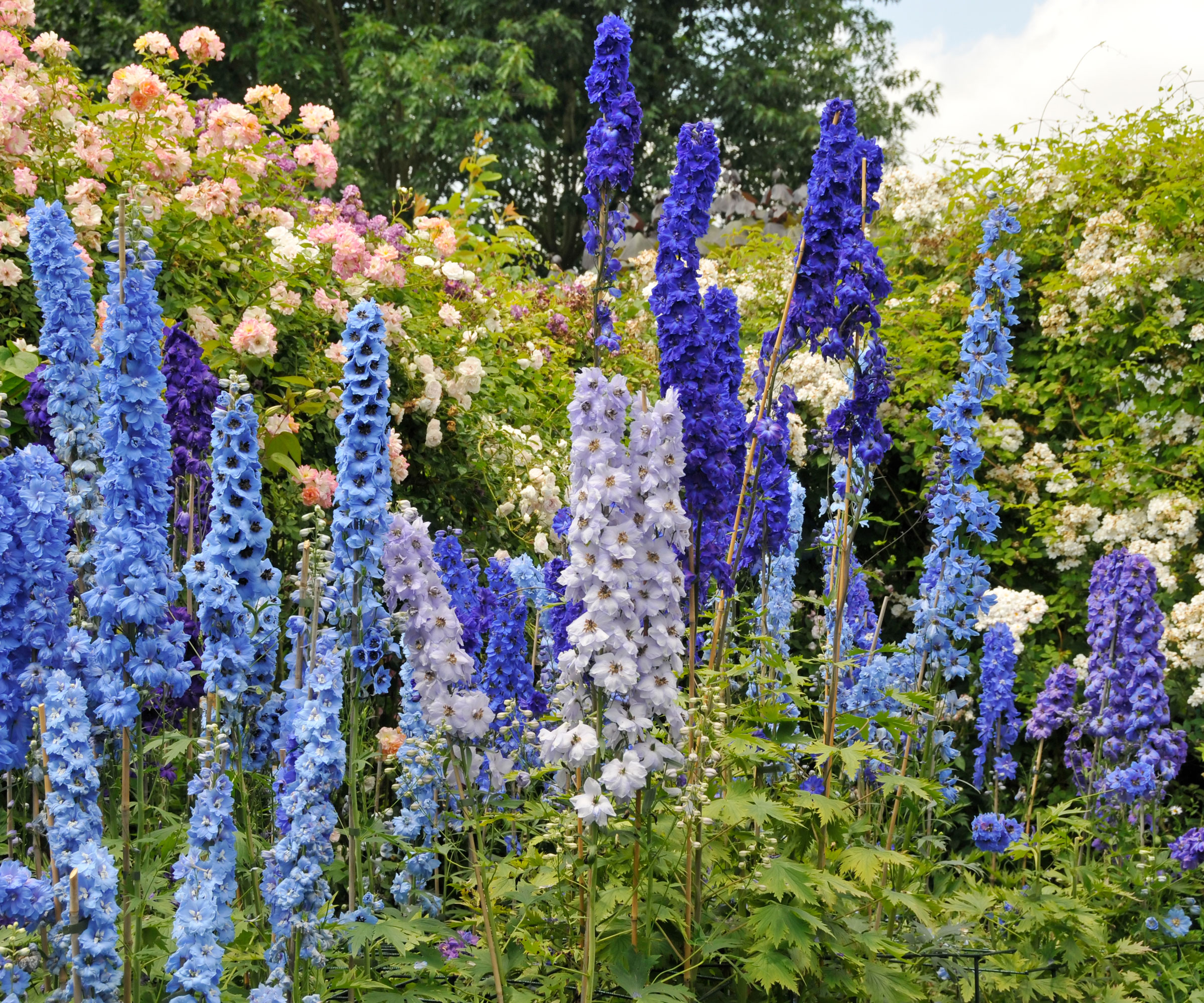
Larkspur (Consolida ajacis) is another flower recommended to plant in September. Especially in colder regions, fall planting of larkspur is the best form of overwintering for those wishing to see flowers during spring.
‘Since larkspur requires cool soil temperatures to germinate, when temperatures shift in September, it's the perfect time to consider sowing seeds,’ says Jodi Danyo, owner of Cherry Valley Organics. ‘Overwintering gives the plants a head start before flowering in the following June.’
Whether you’re in zone 3 or 9, larkspur will happily grow so long as it’s in well-draining soil and shielded from scorching hot direct sun. Once your larkspurs have bloomed, ensure they receive partial shade on super sunny days to prevent them from looking droopy and dehydrated. Even as flowers that love sunny locations, too much of a good thing can take its toll.
If taken care of correctly, you’ll have your larkspur until next September. But if you’re new to learning about this flower and have the garden space, why not try out the Larkspur Giant Imperial Mix from Walmart? They really are fabulous and eye-catching.
3. Bachelor Buttons
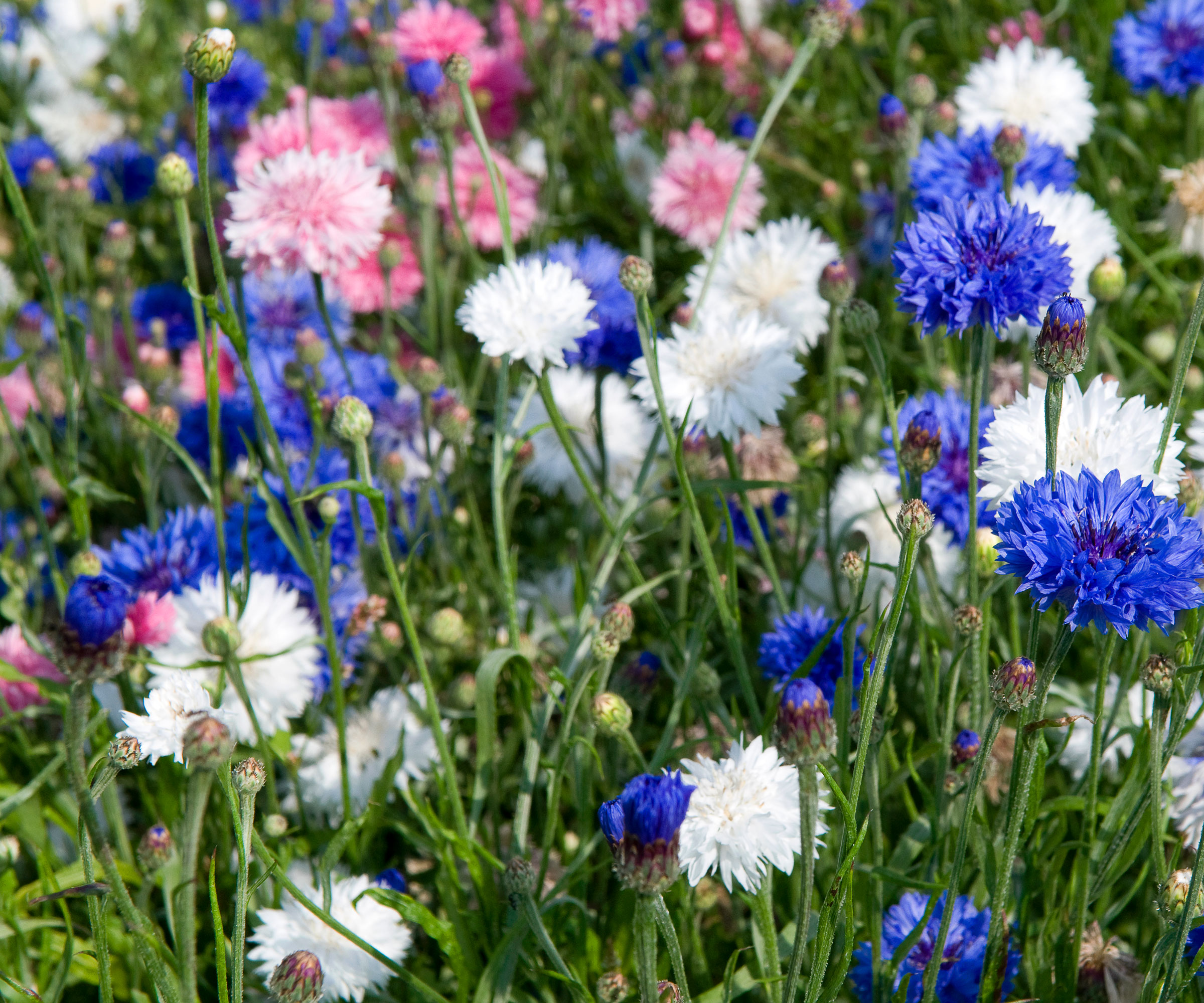
Bachelor buttons, otherwise known as cornflowers or ‘Centaurea cyanus’, are hardy annuals that are easy to plant for great spring results – as long as you live in a compatible hardiness zone for them to survive over winter.
Jodi Danyo explains: ‘Bachelor buttons will overwinter in zones 3 to 9, but it’s important to plant their seeds during early fall so the coldness of the soil doesn’t interfere with their ability to germinate.’
To successfully plant cornflower seeds, simply sow them around ¼ of an inch deep and six inches apart in well-draining, slightly alkaline soil. This will allow each cornflower room to grow, even if at first your flower beds may look bare.
Seeds planted in September should produce flowers come May to June next year, which will last for 10 to 12 weeks. If you’re new to planting them, I recommend trying out the Dwarf Cornflower Polka Dot Mix Seeds from Walmart, as you’ll grow a variety of colors and can see if you have a favorite for future reference.
4. Nigella
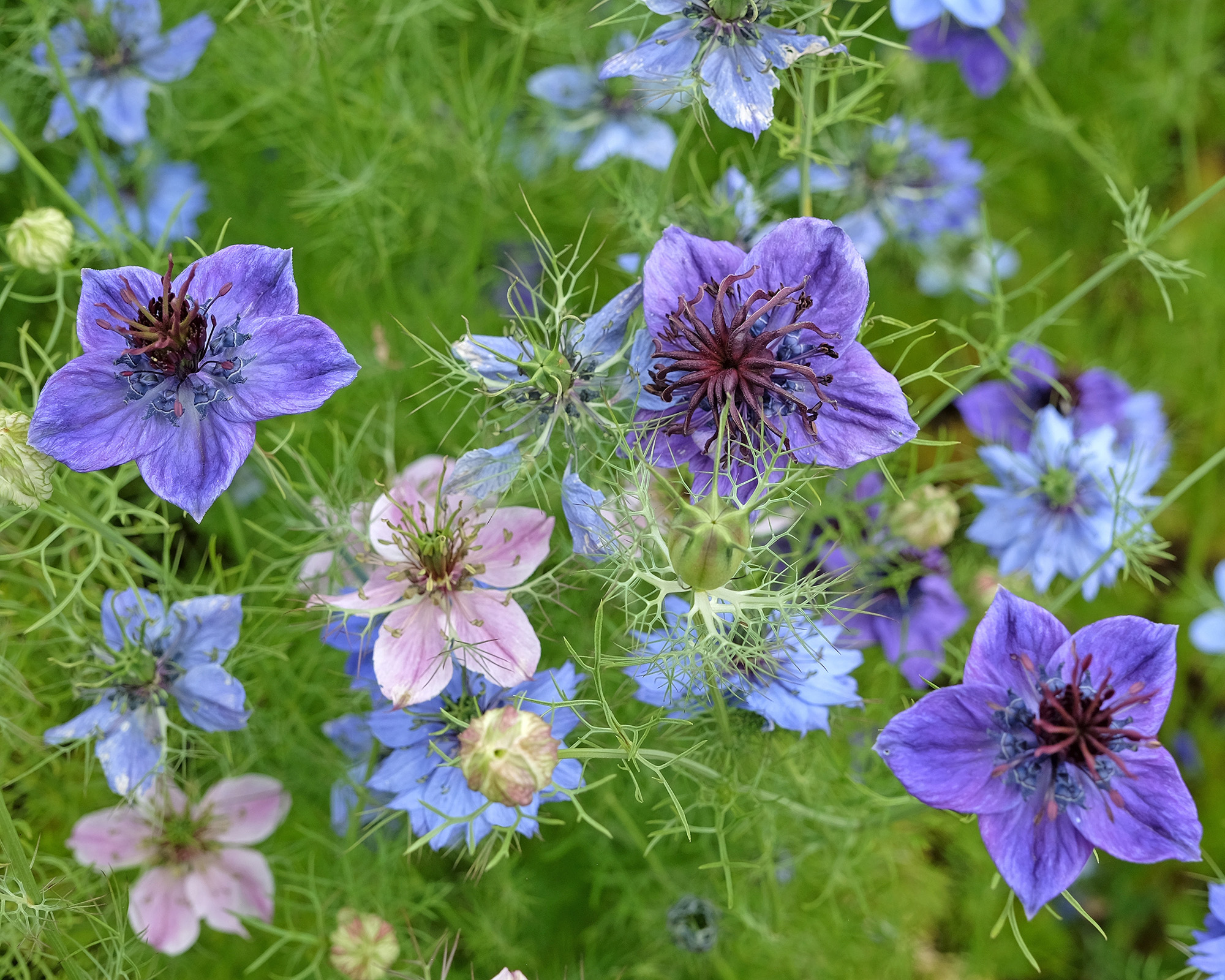
Nigella ‘Love-in-a-Mist’ (Nigella damascena), is an annual flowering plant in the same family as buttercups. Found growing in the wild across different parts of the world, including southern Europe, north Africa, and southwest Asia, it became a popular addition to people’s yards due to its uniquely shaped petals.
Jenny Rose Carey, a horticulturalist, author, and gardener, says, ‘Nigella Love-in-a-Mist is one of my favorite flowers to plant in September. I have a lovely patch of these growing up through gravel in my yard, and the best part is after the blooming season ends [six to eight weeks], the flowers shed their seeds back into the gravel to grow for next year.’
If you live in zones 5 to 9 in a climate without too much harsh wind and rain, this variety of Nigella will make a great addition to your collection of blooms. You can either direct sow seeds into the ground in September or start them off indoors.
Though if you live in a cooler zone, this mix of Nigella Love-in-a-Mist Seeds from Amazon comes with a variety of different colors and is suitable for planting in zone 3.
5. California Poppies
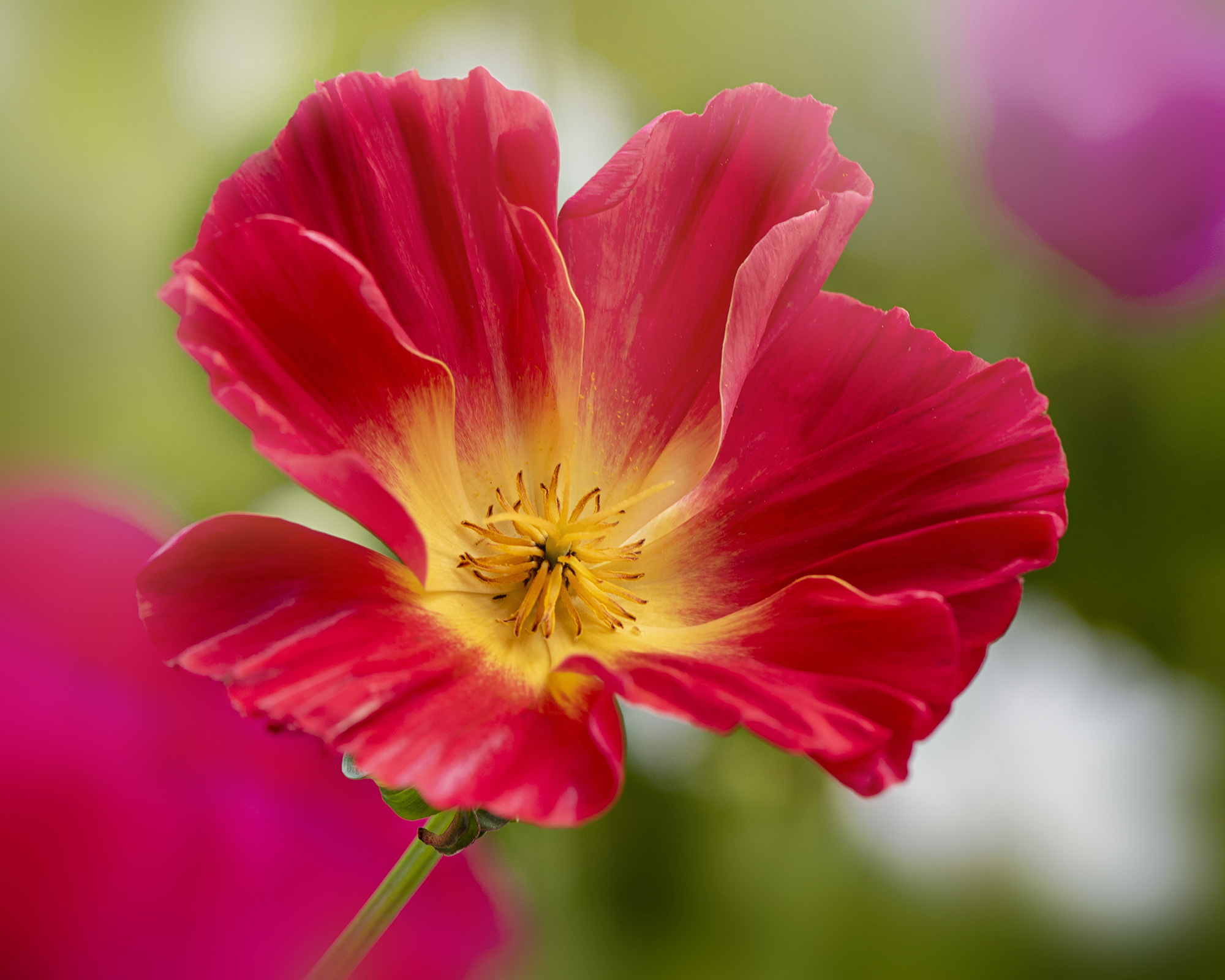
California poppies (Eschscholzia californica) are simply stunning, and unlike the red ones you may have seen before. This variety of poppy produces many colors and cup-shaped flowers throughout zones 6 to 10, which readily self-seed to repopulate the following year.
The best times of year to plant these seasonal stunners are by far fall or early spring, but aiming for September is ideal if you live somewhere that experiences mild winters and you wish to see flowers come spring.
Tabar Gifford, partnership cultivator and Master Gardener at American Meadows, says, ‘The roots of California poppies best develop during early fall when the ground is still workable before winter has hit. Though their seeds can handle frost and even some snow, you can’t beat early fall months like September for germination.’
California poppies planted in September will bloom between March and May, whereas those planted in spring will most likely bloom around September. Ensuring the flowers have well-draining soil of a more gravel-like texture will encourage your California poppies to live as long as possible.
You can purchase Gold Vault California Poppy Seeds from Walmart, but if you’re like me and love the thought of having lots of the same flower in different colors, the TomorrowSeeds 7 Color California Poppy Seed Mix at Walmart will allow you to enjoy even more poppies in so many shades.
6. Milkweed

Milkweed (Asclepias) is a great choice to plant in zones 3 to 10 if you’re looking for seeds to sow in late September or October and you don’t mind waiting up to a year for your flowers to fully flourish.
After being established in September soil – the ideal time for milkweed’s roots to benefit from cold stratification during the germination process – the plant won’t complete its germination until spring, meaning it will take until the summer or following spring to fully mature.
The wait is definitely worth it, though, for the results: plants filled with elegant clusters of flowers in hues ranging from bright orange and pink to subtle purple or blue, all adored by butterflies. Imagine flocks of butterflies landing on flowers after planting these Butterfly Milkweed Seeds from Walmart, and you’ll have all the inspiration you need to get growing.
‘Monarch butterflies absolutely love milkweed flowers,’ says Tabar. ‘They’re like a magnet for them! My top advice for producing the most abundant blooms is to monitor the water intake of your milkweed carefully, as so many gardeners give them more water than they need.’
Using a meter like the XLUX Soil Moisture Meter on Amazon will help you to keep track of your soil’s moisture level so you can tell at a glance whether to pare back plant care.
7. Bulb Flowers
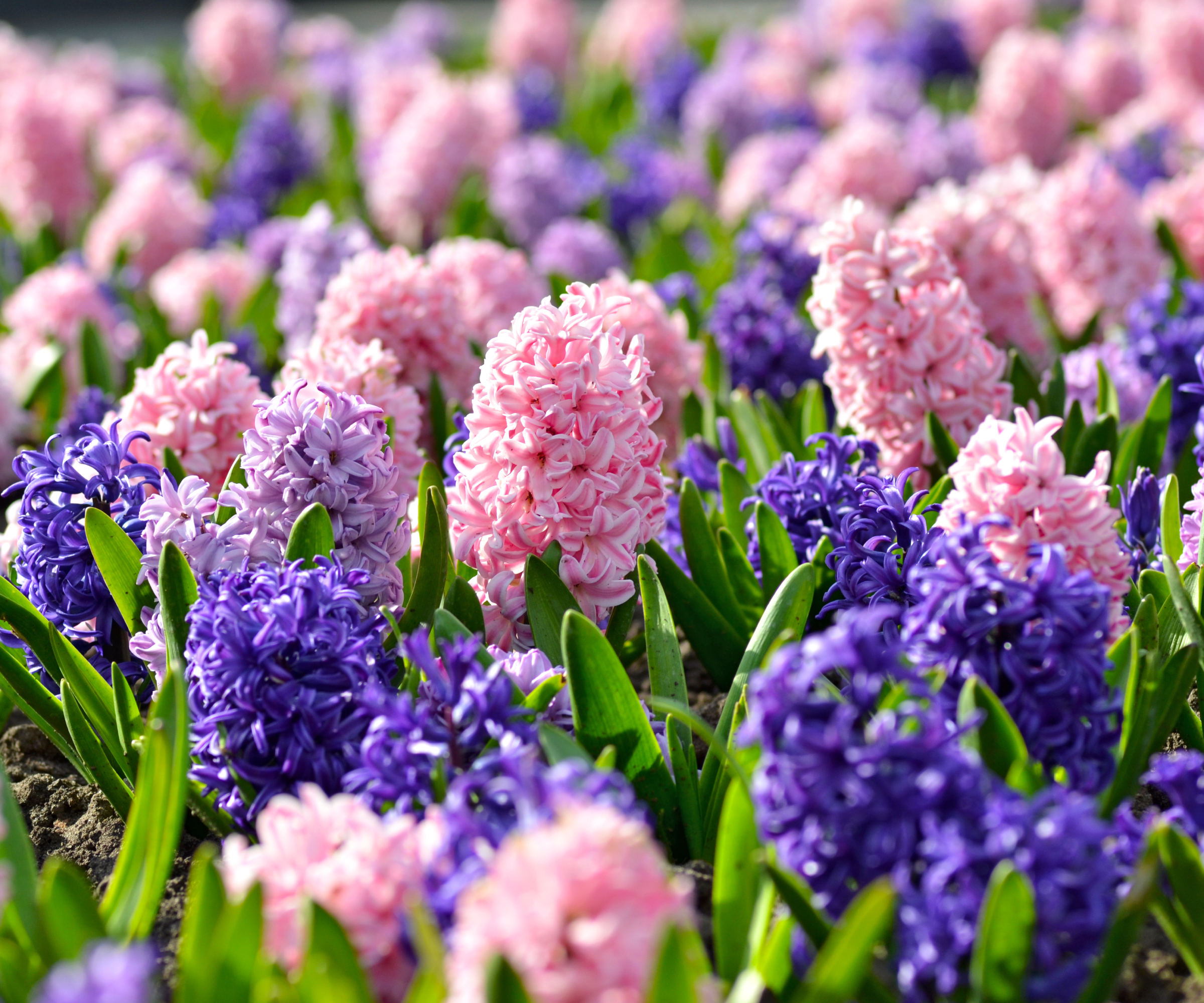
September is the prime time for planting many flower bulbs, including hyacinths and tulips. It's likely too late to harvest seeds this year, but next year, consider harvesting the seeds and planting them up to produce new flowers.
Anastasia Borisevich, a plant expert at Plantum, says, ‘Choosing the right plants to sow in fall can make all the difference in ensuring a beautiful landscape come spring – and tulips or hyacinths are a great pick whether they’re being grown from a bulb or seed.’
It’s important to note that results using this method can be patchy, as seeds are far more delicate and difficult to successfully harvest – plus they may not grow true to the parent type. But if you want to give growing from seed a go, September is definitely the time to test it out.
To harvest seeds from bulb-grown plants, snip off some flowerheads using a pair of pruning shears like the Expert Gardener ¾ Inch Cutting Bypass Pruner from Walmart. Then, allow the flowerheads to completely dry out before using your hands to extract the seeds. You will know your flowerhead is ready to collect seeds from once it has turned brown, and it’s best to sit a place or bowl underneath the flower as you work to catch any seeds that fall.

Ciéra is a writer and regional laureate with particular passions for art, nature, philosophy and poetry. As well as contributing to Gardening Know How, she's an Editorial Assistant for Design Anthology UK and has words in other titles including Homes & Gardens, Livingetc, and Apartment Therapy. When she's not writing, Ciéra can be found getting incredibly excited when her small but ever-expanding garden shows more signs of growth. She believes it's something very beautiful to be cooking with her own produce, whether it's from her yard or picking berries from the wild to turn into jams or baked goods.